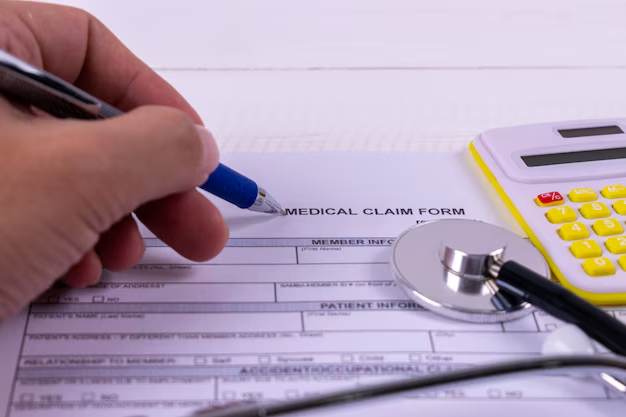Discover the Best Ways to Remove Medical Debt from Your Credit Report
Medical debt can cast a long shadow over your credit report, affecting your financial health and peace of mind. Fortunately, there are actionable strategies you can employ to remove medical debt from your credit history. Understanding these steps can help you regain control, improve your credit score, and open opportunities for financial freedom.
Review Your Credit Report for Errors
The first step toward clearing medical debt from your credit report is to carefully review your credit report for any inaccuracies. Errors can frequently occur, and if you find any, disputing these inaccuracies with credit bureaus can erase them from your record.
- Obtain Free Credit Reports: You are entitled to a free credit report annually from each of the major credit bureaus—Equifax, Experian, and TransUnion. Use these to check for errors.
- Dispute Inaccuracies: If you spot mistakes, such as duplicate entries or incorrect balances, file a dispute with the credit bureau. Providing documentation to support your claim can expedite the process.
Verify the Medical Debt
Ensure that the medical debt listed is genuine. Miscommunications between healthcare providers and insurance companies can result in inaccurately reported debts.
- Confirm with Providers: Contact healthcare providers and insurance companies to verify the debt details.
- Request a Debt Validation: If unsure, ask the collection agency to validate the debt, which they are legally bound to do within five days.
Negotiate with Debt Collectors
If the debt is legitimate, consider negotiating with debt collectors or the original creditor. Settling your debt, even for a reduced amount, can get it labeled as "Paid" or "Settled," and you can request a "pay-for-delete" agreement to remove it from your credit report entirely.
- Communicate Clearly: When negotiating, stay organized and provide realistic offers.
- Request a Written Agreement: Always secure any agreement in writing before making payments.
Leverage the 180-Day Rule
Under the National Consumer Assistance Plan, medical debt cannot appear on your credit report until 180 days after the account goes into collection. This provides a buffer period to address the debt without it affecting your credit.
- Use the Time Wisely: Work on resolving the issue with your insurance company or negotiate payments during this timeframe.
Seek Professional Help
If handling medical debt becomes overwhelming, consider seeking assistance from a credit counseling agency. These organizations can provide financial advice and help negotiate your debts.
- Choose Reputable Services: Look for nonprofit agencies affiliated with the National Foundation for Credit Counseling (NFCC).
While managing medical debt can feel daunting, there are numerous resources designed to assist individuals in navigating these challenges.
📌 Financial Assistance Resources:
- Medicaid: Offers healthcare insurance, which can reduce out-of-pocket medical expenses.
- Charitable Organizations: Groups like the HealthWell Foundation provide grants to cover medical costs.
- Hospital Financial Aid Programs: Many hospitals have assistance programs for low-income patients.
💳 Credit Solutions:
- Debt Consolidation Loans: Simplifies payments and may offer lower interest rates.
- Credit Counseling Services: Provides budget assistance and debt management plans.
🎓 Educational Opportunities:
- Scholarships and Grants: Fund healthcare training programs, leading to better-paying job opportunities.
- Financial Education Workshops: Teach skills on managing debts and improving financial health.
Taking action to address medical debt is empowering. By understanding your rights and exploring the available resources, you can significantly reduce the financial and emotional burden of medical debt on your life.

- Does Medical Debt Affect Your Credit Score
- Does Medical Debt Affect Credit Score
- What To Do About Medical Debt Reddit
- Can Medical Debt Garnish Wages
- How Much Medical Debt In Us
- How To Get Medical Debt Off Credit Report
- How To Get Rid Of Medical Debt
- Can Medical Debt Affect Your Credit Score
- Can Medical Debt Go To Collections
- How Long Does Medical Debt Stay On Your Credit